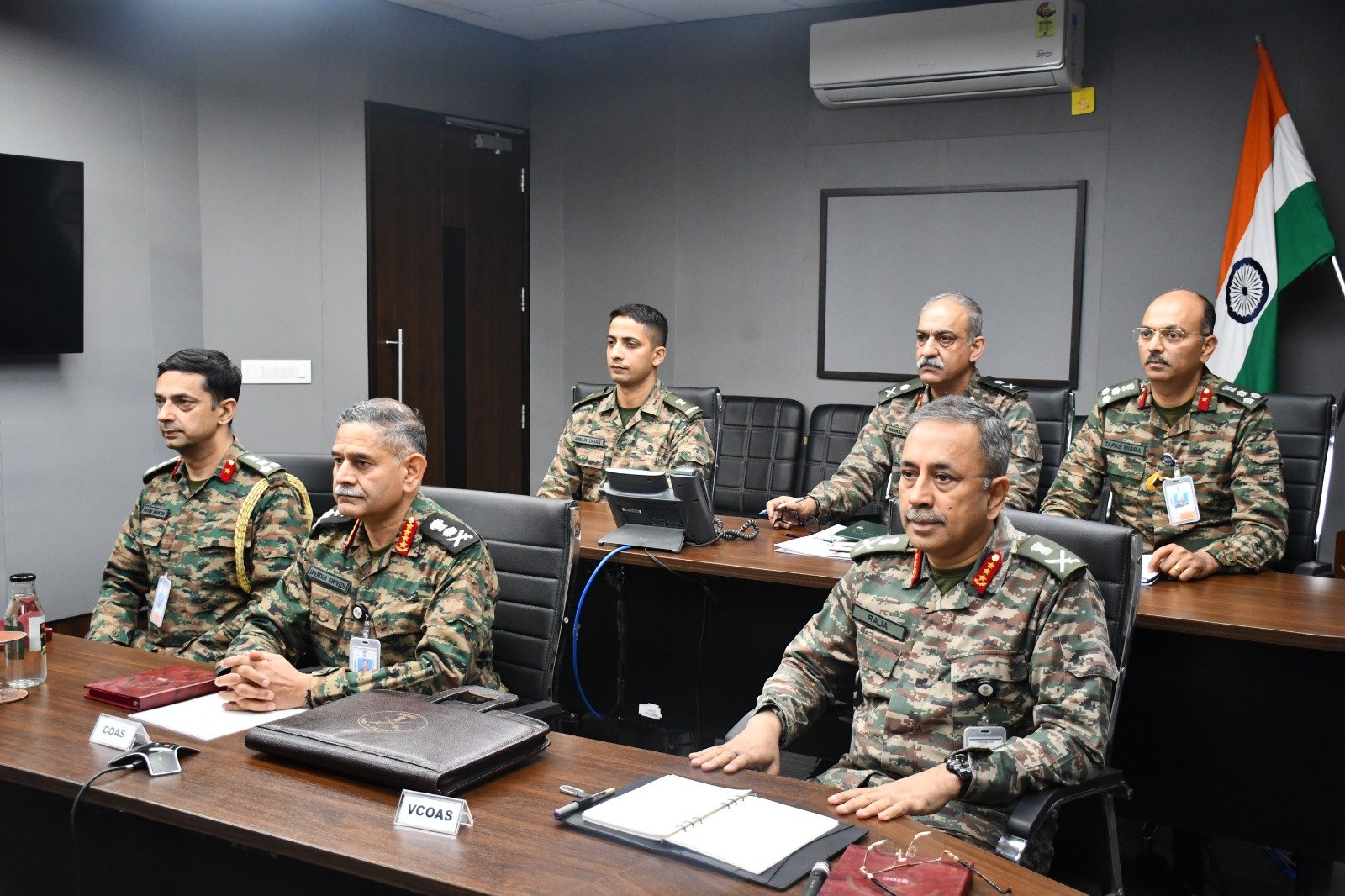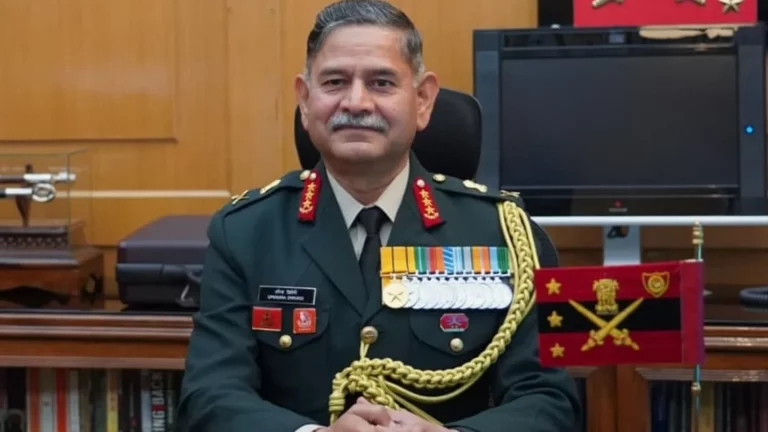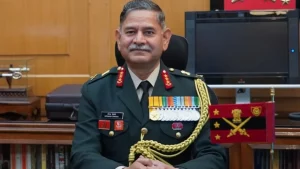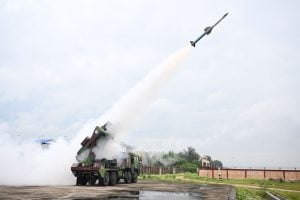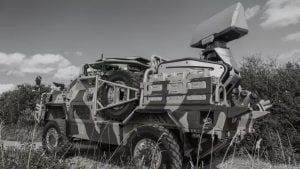Just hours after the announcement of a ceasefire agreement between the Directors General of Military Operations (DGMOs) of India and Pakistan on May 10, Pakistan violated the truce with fresh airspace intrusions and ceasefire breaches. In a strategic and immediate response, the Indian Army amplified its counter-offensive under Operation Sindoor, indicating a decisive pivot in India’s border conduct.
On the morning of May 11, Chief of the Army Staff (COAS) General Upendra Dwivedi convened a high-level security review with senior commanders responsible for the western sector. This meeting led to the authorization of kinetic counteractions to address any further violations, empowering field commanders to act swiftly and proportionately in defense of Indian interests.
The reported violations encompassed multiple drone intrusions and missile strikes aimed at Indian military installations in Jammu, Pathankot, and Udhampur. The Integrated Defence Staff (IDS) confirmed that these threats were effectively intercepted, resulting in no casualties reported on the Indian side. In a press briefing, Foreign Secretary Vikram Misri emphasized that India’s armed forces are providing an “adequate and appropriate response” to such provocations from Pakistan.
These incidents unfold against the backdrop of Operation Sindoor, which was launched by India on May 7, 2025, following Pakistan’s earlier military offensive, Operation Bunyan al-Marsoos. That operation involved the use of F-16s, JF-17s, and precision-guided munitions, targeting 26 Indian locations and causing limited damage. India’s counterstrike, utilizing advanced missile systems such as BrahMos, SCALP, and Spice-2000, resulted in significant damage to Pakistani military infrastructure.
While the ceasefire agreement on May 10 had raised hopes for a de-escalation of tensions, Pakistan’s subsequent violations have reignited conflict between the two nations. The current situation remains precarious, with sources in the Indian Air Force indicating that a comprehensive briefing on the status and objectives of Operation Sindoor will be forthcoming.
General Dwivedi, who has held the position of COAS since June 30, 2024, possesses significant operational experience, having served as Vice Chief of the Army Staff and the head of the Northern Command. His leadership is viewed as a crucial factor in India’s ongoing efforts towards modernization and defense readiness.
Despite calls for restraint and renewed dialogue from international actors, including China, India’s military actions demonstrate a strategic commitment to maintaining its sovereignty. As operations continue, the Indian military’s readiness and determination remain critical components for stability in the region.
